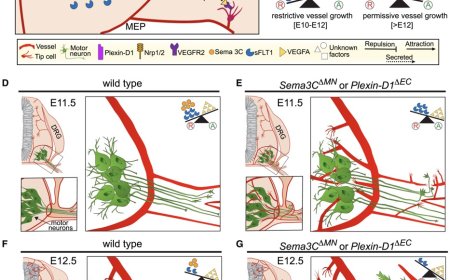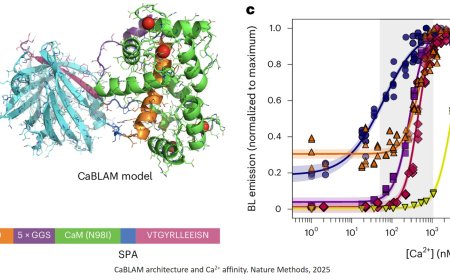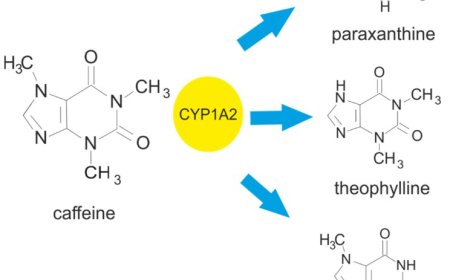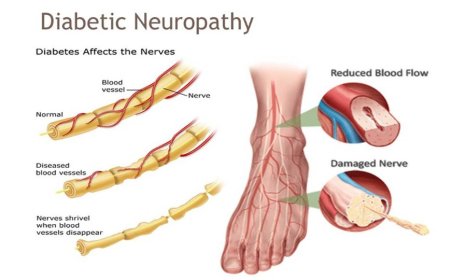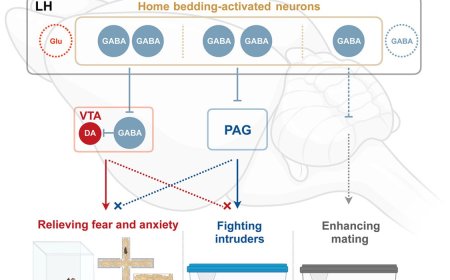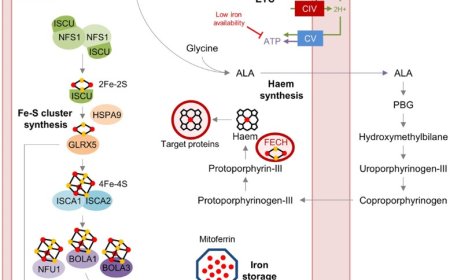Monoaminergic systems and Alzheimer’s disease
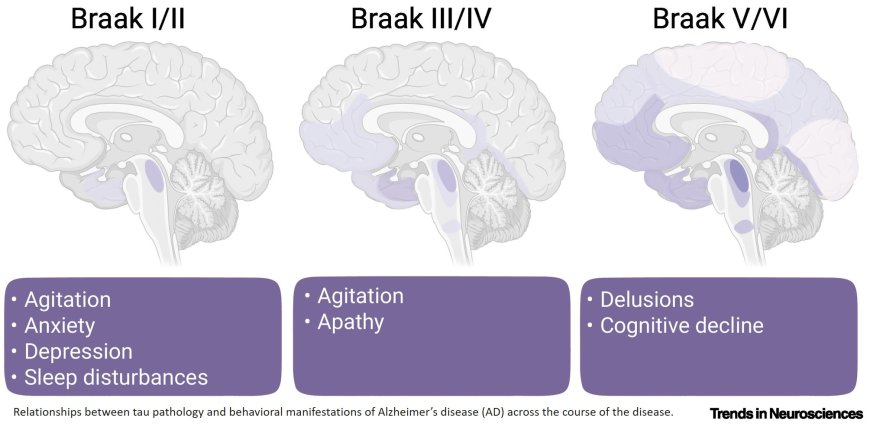
The monoaminergic nuclei are some of the earliest sites of tau pathology in Alzheimer’s disease (AD), and their dysfunction may help to explain the emergence of common neuropsychiatric and cognitive symptoms.
Upregulation of monoaminergic neuromodulator activity early in AD provides evidence for biological mechanisms of resilience to AD pathology and potential for therapeutic intervention.
Modern neuroimaging approaches have enabled the precise quantification of the structure and function of monoaminergic nuclei across the course of AD in vivo, demonstrating linkages between monoamine systems and AD pathology in humans.
Developments in mobile/wearable technology facilitate the reliable assessment of behavioral changes (e.g., neuropsychiatric symptoms, sleep disturbances, patterns of activity participation) that are associated with early AD pathology and monoamine function.
https://www.cell.com/trends/neurosciences/abstract/S0166-2236(24)00176-0
